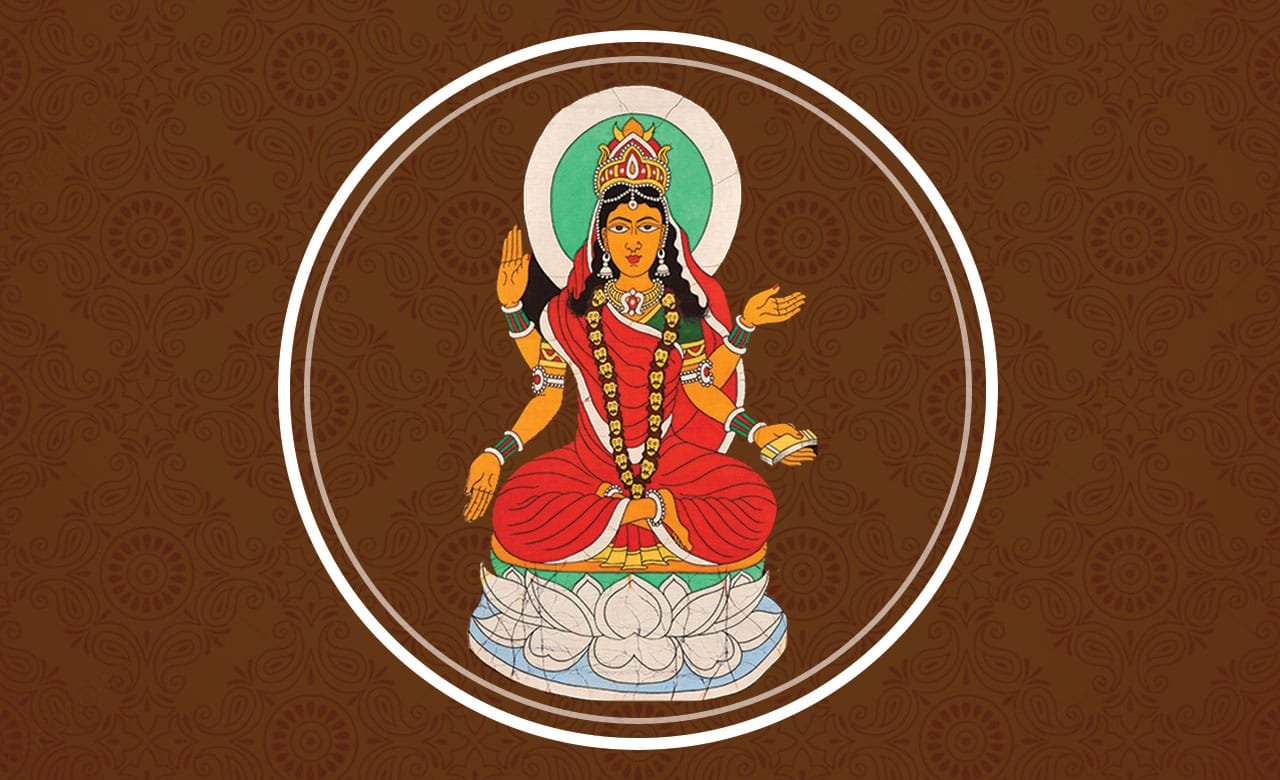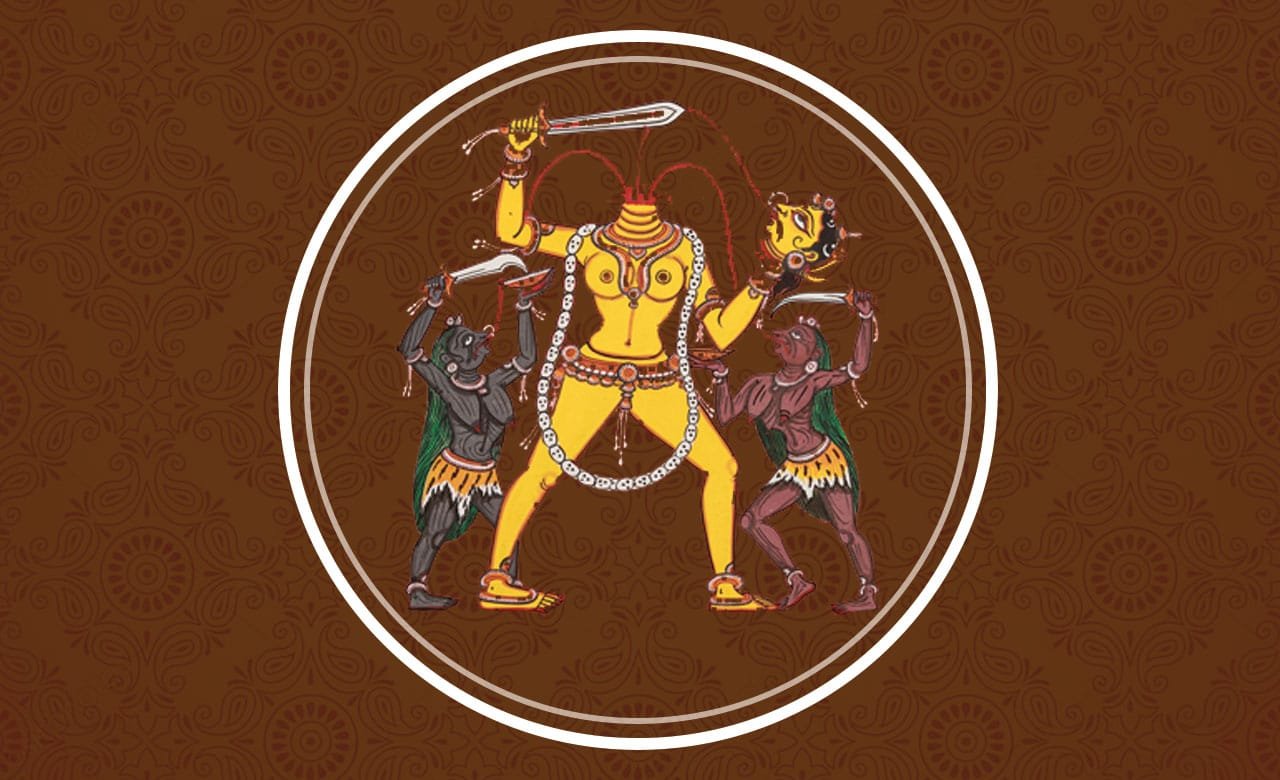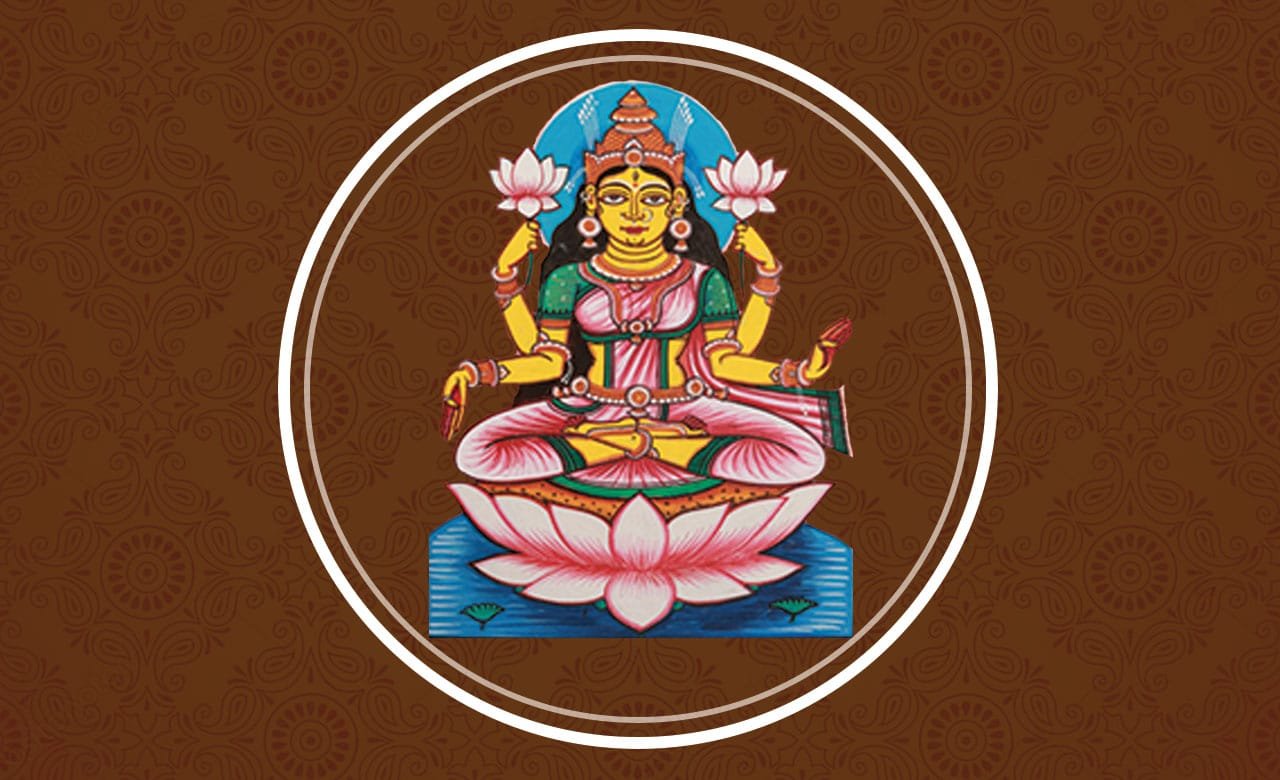Dus Mahavidya: Your Guide To Channeling Goddess Energy
Dus Mahavidya is a Sanskrit term that translates to "ten prime energies or wisdoms." The word "dus" means ten, "maha" means big or great, and "vidya" means knowledge or wisdom. These ten goddesses are considered the most powerful and fierce forms of the divine feminine in Tantra.
What is the significance of Dus Mahavidya?
Think of the Dus Mahavidya as the Avengers of the goddesses. They are wild, untapped, and rebellious. Each goddess has her own unique energy and specific problem she can solve. The collective work of each goddess includes everything that one needs as a tantric seeker.
The question may arise, why the need for 10, not just one goddess? The answer is simple. Each goddess represents a specific aspect of the divine feminine. Their energy and powers are unique and cater to the needs of the seeker. As you go deeper into the goddesses, you'll realize some are next level. Meaning they may not all be for you, and that's okay. It's the responsibility of the teacher to assign a certain goddess to the seeker.
Sometimes, a person may be drawn to a specific goddess but not ready to channel her energy. The concept of Dus Mahavidya was created so that there is a playground for all the goddesses to show up. It's a way to honor and appreciate the diversity of the divine feminine.
1. Kali — The Goddess of Destruction
Kali is the goddess of destruction and represents the power of time, change, and transformation. She is often depicted with a fierce expression, wearing a garland of skulls and a skirt made of dismembered arms.
Despite her fearsome appearance, Kali is also seen as a protector and mother figure, and her devotees see her as a powerful force for positive change. To her devotees, Kali represents the cycle of birth, death, and rebirth, as well as the transformative power of destruction and creation. She is also associated with feminine power, creativity, and liberation and is often invoked for protection and guidance during times of change and upheaval.
Kali is a complex and multifaceted goddess who embodies destructive and creative forces. While she can be a fearsome figure, her followers see her as a powerful ally and source of strength in times of need. She represents infinity and limitless space.
How to channel Kali: Invoke Kali's fierce energy to overcome your fears and obstacles. When facing a difficult task or challenge, visualize Kali's strength and determination, and draw on that energy to face the challenge with courage.
2. Tara — The Goddess of Compassion
Tara represents the protective and nurturing aspects of the divine feminine and is revered for her ability to offer guidance and support to her devotees in times of need. She is often depicted with a peaceful expression, seated on a lotus and holding a blue lotus in one hand and a mudra in the other.
She embodies the qualities of wisdom, compassion, and skillful means and is said to have made a vow to assist all beings on the path to enlightenment.
Compassion involves recognizing the suffering of others and seeking to alleviate it through acts of kindness, generosity, and understanding. Tara embodies this compassionate energy and is believed to offer support and guidance to those who seek to cultivate this quality within themselves.
How to channel Tara: It is not recommended to meditate on Goddess Tara without the guidance of a qualified spiritual teacher.
To invoke Tara's compassionate energy and practice acts of kindness and generosity towards others. Be mindful of the suffering of those around you and try to offer help and support wherever possible.
3. Tripura Sundari or Shodashi — Goddess of Divine Love
Tripura Sundari is the one who is abundant and beautiful. She is the goddess of beauty and represents the power of divine love. She represents love in all three dimensions — physical, within (your awareness), and the collective consciousness.
How to channel Tripura Sundari: To channel Tripura Sundari's beauty and grace, focus on cultivating inner peace and calm. Practice meditation or yoga, and seek out beauty in your surroundings, whether in nature, art, or music.
4. Bhuvaneshwari — The Goddess of The Universe
Bhuvaneshwari is the goddess of space and represents the power of divine consciousness. She is bound in earth energy and protects the earth. She is a wanderer and represents growth and abundance.
How to channel Bhuvaneshwari: To channel Bhuvaneshwari's creative and fertile energy, explore your own creativity and pursue artistic endeavors. Take time to appreciate the beauty of the world around you, and seize opportunities to create and express yourself.
5. Bhairavi — The Goddess of Death + Transformation
Bhairavi is the goddess of death, transformation, and sexual arousal + control. She is unapologetic and untamed. While she is an alluring and powerful deity, she may come across as intimidating to the spiritual seeker.
Bhairavi is the ultimate lover, the ultimate playful energy Goddess.
How to channel Bhairavi: It is not recommended to meditate on Goddess Bhairavi without the guidance of a qualified spiritual teacher.
To invoke Bhairavi's transformative energy, be open to change and growth in your life. Embrace the endings and beginnings of different phases in your life, and trust in your ability to adapt and transform.
6. Chhinnamasta — The Goddess of Self Sacrifice
Goddess Chhinnamasta is the goddess of self-sacrifice. She embodies discipline and the ability to surrender your ego or need for control. She encourages overcoming negative patterns and ridding yourself of anxiety.
How to channel Chhinnamasta: To channel Chhinnamasta's self-sacrificing energy, practice acts of service and selflessness towards others. Focus on the needs and well-being of those around you, even if it means putting your own needs second.
7. Dhumavati — The Goddess of Detachment
Dhumavati is depicted as aloof and angry. She is the gateway for people who are ready to renounce material and spiritual aspirations to open up for the next level of their journey. This is one of the most intense paths in spirituality. She is intense and often seen as a misfit Goddess.
How to channel Dhumavati: It is not recommended to meditate on Goddess Dhumavati without the guidance of a qualified spiritual teacher.
To invoke Dhumavati's energy of detachment and letting go, practice mindfulness and meditation. Learn to detach from material possessions and focus on the present moment.
8. Bagalamukhi — The Goddess of Victory
Bagalamukhi is the energy of protection and the elimination of anything that is not serving you. It’s the elimination of situations — legally, mentally, or personally — where you are stuck. She brings wisdom and calms chaos.
How to channel Bagalamukhi: To channel Bagalamukhi's energy of knowledge and victory, focus on learning and self-improvement. Seek out new knowledge and skills, and strive to overcome obstacles and challenges.
9. Matangi — The Goddess of Wisdom
Matangi represents expression and the power of speech. She is warm and welcoming — open to you to speak your truth. She is the tantric version of Saraswati. She helps you tap into information that’s beyond your thought process.
How to channel Mantangi: To invoke Matangi's energy of speech and wisdom, practice clear and honest communication. Seek opportunities to express yourself and share your knowledge and ideas.
10. Kamala — The Goddess of Prosperity
Kamala, also known as Goddess Lakshmi, is the Goddess of prosperity and conscious abundance. She represents financial freedom and helps you eliminate the scarcity mindset.
How to channel Kamala: To channel Kamala's energy of prosperity and abundance, focus on gratitude and positive thinking. Cultivate a sense of abundance and gratitude for the blessings in your life, and focus on attracting more positivity and abundance into your life.











